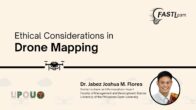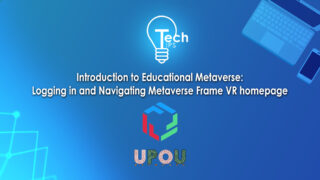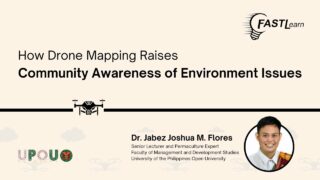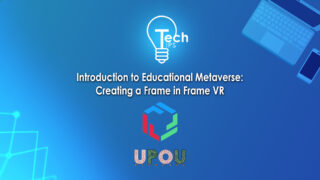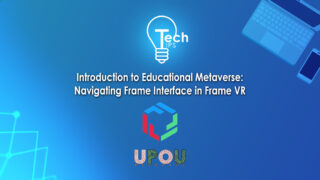What are the Key Phases in an Educational Multimedia Development Process?
The multimedia production process, much like the video production process, consists of three phases: pre-production, production, and post-production.
At the UPOU Multimedia Center, now known as the Educational Multimedia Production unit, the pre-production phase is further divided into two stages.
The first stage is the conceptualization phase, where we prepare the proposal or conceptual note for a multimedia production. The proposal should cover essential information, including:
- Topic and working title of the learning material;
- The rationale;
- the Objectives of the learning material;
- Target audience;
- Type of multimedia material to be produced (e.g., podcast, video, interactive infographics, Augmented Reality) and
- the Target length of the material, if applicable.
The conceptualization phase also addresses human and non-human resource requirements for production.
The second stage in pre production phase is the design stage. The script is then produced. The design and development of the script is guided by the objectives of the learning material as well as the characteristics of the target audience.
When the script has been written, there will be an evaluation of the script. Key questions guide this evaluation, focusing on meeting the learning material objectives, factual accuracy, clarity of language/concepts and terms used, and ensuring inclusivity and universal accessibility.
Revisions, when necessary, are made based on the results of the evaluation.
Upon script approval, we proceed to the production phase, which may include video or photo shoots, graphic design and development, audio recording, and animation production, among others.
Once all the raw materials needed for multimedia materials are produced, we enter the post-production phase, which is divided into three stages.
The first post-production stage involves editing the components produced in the production phase, seamlessly integrating them together to produce a multimedia material that enhances students’ learning experiences.
Before releasing the first version of the produced material to users, a review is again conducted, ideally by individuals not involved in production but who are experts on the material’s topic. The review focuses on content accuracy, presentation engagement, and the multimedia material’s learnability and usability. Results of the review may lead to further refinement or when there is nothing to revise; the material is now ready for the next post-production stage — the curation and publication.
After publication, the multimedia material enters the third post-production stage: a review by the public or actual users/learners. Based on valid comments and reviews, the multimedia material may undergo another round of revision. But be reminded that the revisions go back as far as the pre-production stage, especially if there is information or facts that should be corrected.

